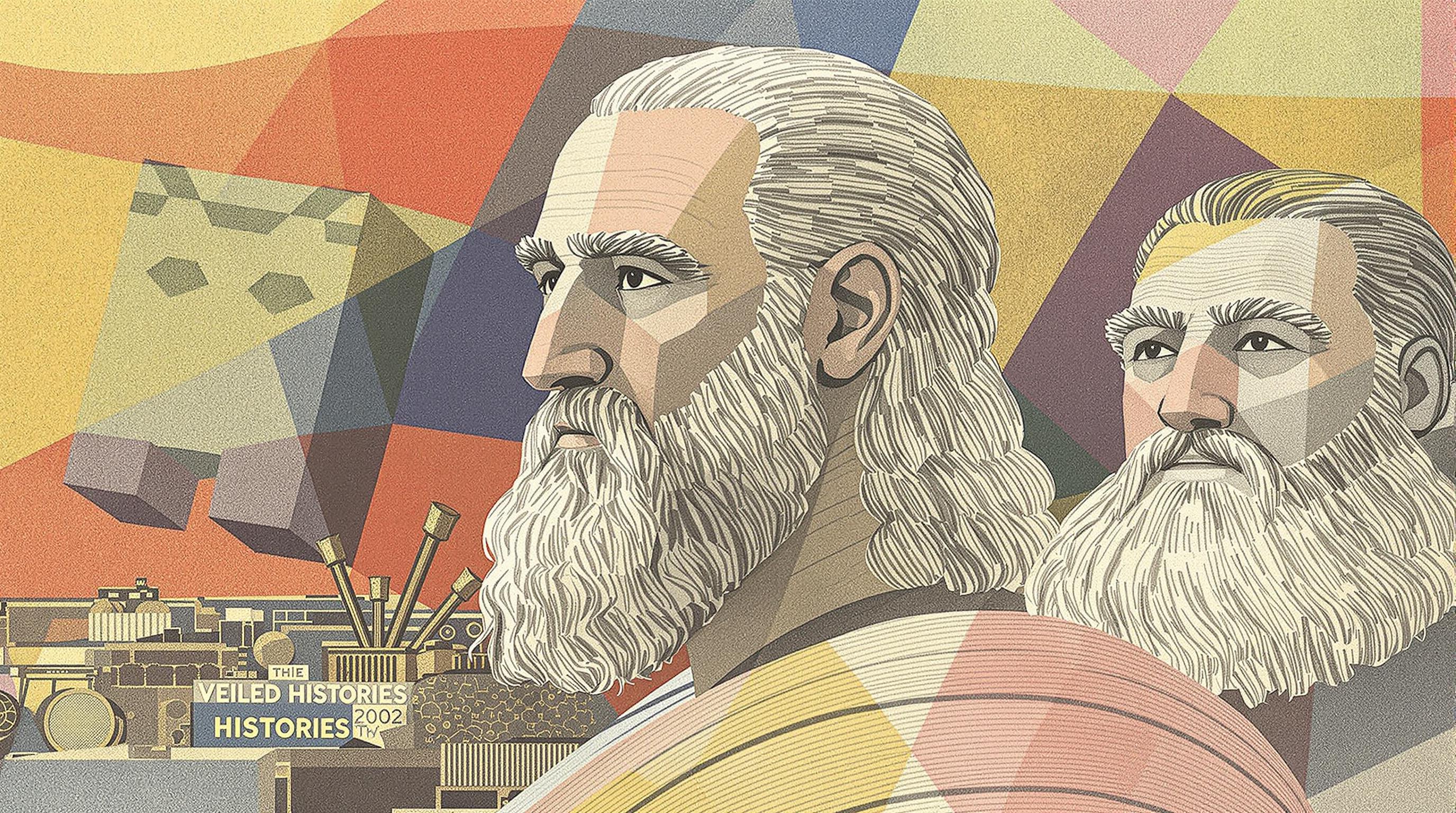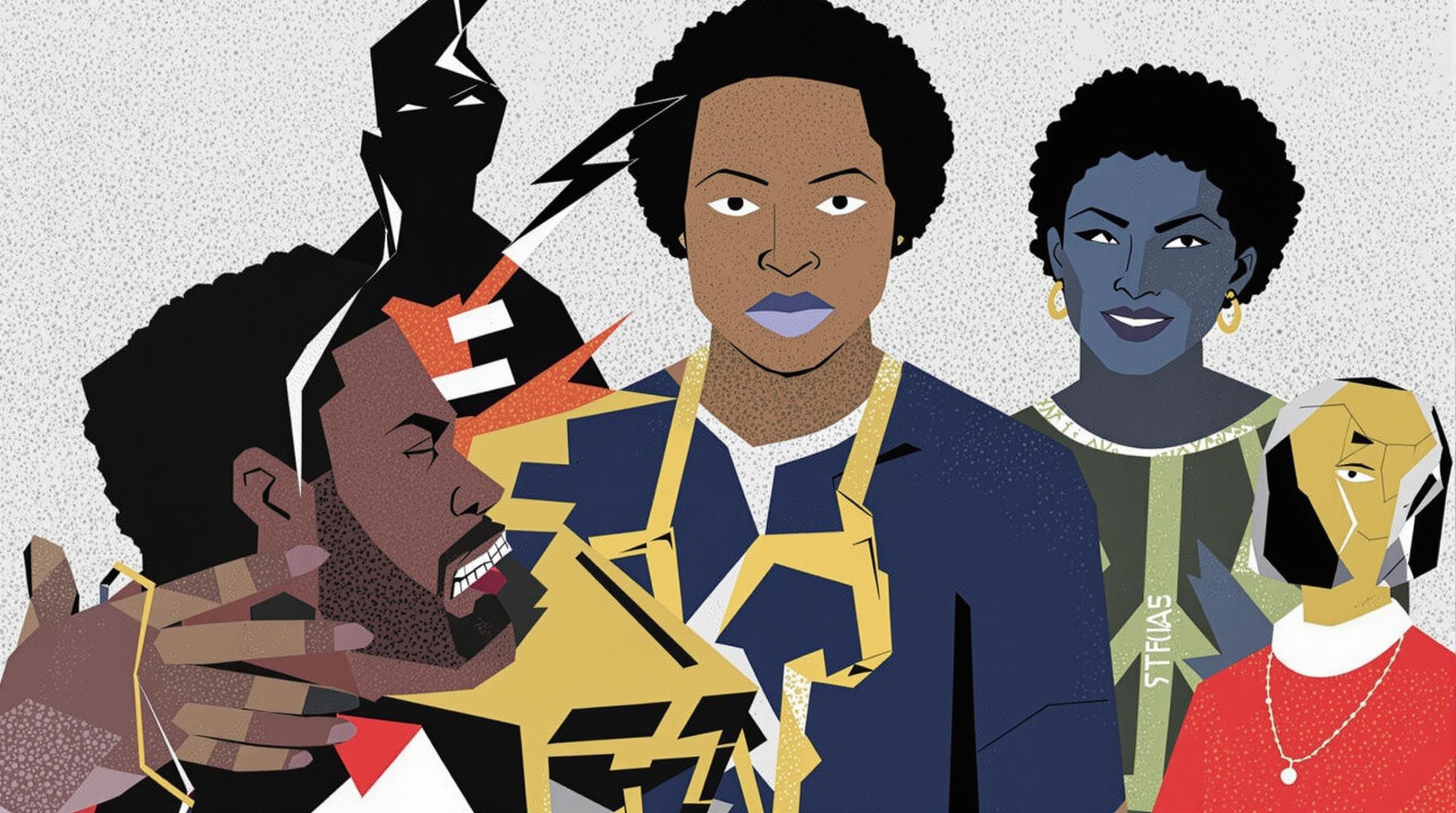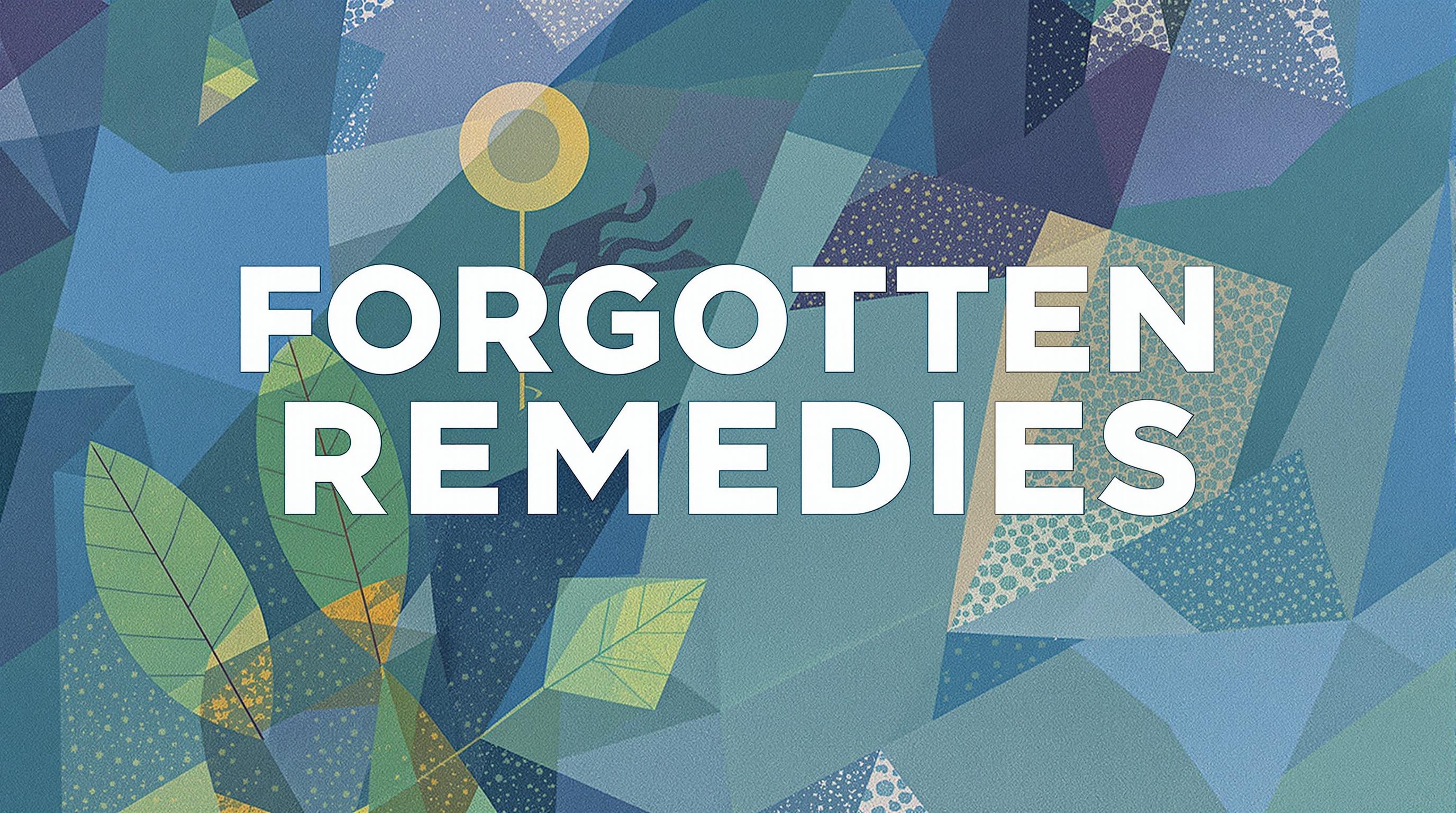Related Articles
- Reviving Ancestral Wisdom: How Outdated Superstitions Can Shape Contemporary Mental Health Practices
- Veiled Histories: How Little-Known Figures from the Past Can Transform Contemporary Leadership Approaches
- The Art of Disruption: How Past Rebellions Shape Today's Entrepreneurial Spirit
- Lost in Translation: The Surprising Role of Language in the Evolution and Misunderstanding of Global Currency
- Currency as a Canvas: Exploring the Intersection of Politics, Propaganda, and Artistic Expression in Monetary Design
- Unmasking the Shadows: How Currency Forgers Shaped Financial Trust and Safety Through the Ages
Veiled Histories: How Little-Known Figures from the Past Can Transform Contemporary Leadership Approaches
Veiled Histories: How Little-Known Figures from the Past Can Transform Contemporary Leadership Approaches
Exploring the lives of underappreciated historical figures reveals powerful insights that can not only illuminate our understanding of leadership but also offer transformative lessons for contemporary practice. By drawing from diverse contexts and lesser-known personalities, we can foster a more inclusive and innovative approach to leadership today.
Unveiling Leadership Lessons from the Margins
Ever heard of Mary Parker Follett? If not, you're not alone. This revolutionary thinker, often dubbed the 'Mother of Modern Management', introduced concepts of collaborative leadership and empowerment back in the early 1900s, long before they became buzzwords in today's corporate jargon.
Follett believed that leadership is not about hierarchy but about community and collaboration. She famously said, "The only thing that we must elevate is the level of our thinking." Imagine approaching modern business problems with a mindset that fosters teamwork over control! By studying Follett's work, contemporary leaders can learn the value of engaging their teams in decision-making processes, leading to higher morale and, consequently, increased productivity.
The Power of Storytelling in Leadership
Did you know that storytelling has been proven to enhance leadership effectiveness? According to a study published in the Harvard Business Review, 63% of executives believe that storytelling is crucial for effective leadership (Gallo, 2016). This idea can be traced back to figures like Sojourner Truth. Though best known for her advocacy for women’s rights and abolition, her storytelling techniques served as powerful tools of persuasion that inspired her audiences.
Today's leaders can channel Truth's gift of storytelling to effectively communicate vision and foster connection. In a world inundated with data and statistics, a well-timed narrative can turn a cold pitch into an inspiring vision that rallies people around a common goal. Consider the way figures like Barack Obama employed compelling personal narratives to forge connections. Everyone loves a good story—if your leadership can weave one, you not only capture attention but also earn trust.
Lessons from the Shadows: The Importance of Inclusivity
Another poignant example is Chien-Shiung Wu, a Chinese-American physicist who made substantial contributions to the field of nuclear physics, yet her name remains overshadowed by male colleagues. Wu’s work was instrumental in disproving the conservation law of parity, a pivotal moment in modern physics. Her story serves as a reminder of the importance of recognizing diverse voices in every field, especially in leadership.
Incorporating diverse perspectives leads to enriched problem-solving capabilities. A study by McKinsey shows that companies with more ethnic and racial diversity are 35% more likely to outperform their peers (McKinsey, 2020). History shows us repeatedly that leaders who are open to different perspectives create more dynamic and resilient organizations. By lifting from Wu's experiences, today's leaders can build more inclusive teams that harness the full potential of their workforce.
A Playful Nod to the Wisdom of Henriette Lacks
Picture this: Henrietta Lacks, a woman whose cells—immortalized as HeLa cells—have changed the face of medical research but did so without her knowledge or consent. While she didn’t ask to be a pioneer, her cells contributed to numerous advancements in medicine, raising ethical questions about ownership and consent in research practices.
In the boardrooms today, leaders can reflect on Lacks' legacy when addressing ethics and integrity. Imagine leading a company that prioritizes ethical considerations as much as profitability! Implementing clear and transparent policies regarding stakeholder engagement and consent can enhance brand reputation and consumer loyalty. Ethical leadership isn’t just the right thing to do; it’s smart business!
Breaking the Traditional Mold: A Call for Innovation
Now let’s weave in some numbers here—93% of executives believe innovation is critical for a business’s survival, yet only 14% feel their leaders are capable of driving it (Deloitte Insights, 2019). Here’s where Ella Baker, a civil rights activist who believed in grassroots organizing, can inspire anyone working in leadership today. Unlike many figures of her time advocating top-down leadership, Baker empowered local communities to lead their own movements.
Baker's approach amplifies the need for leaders to act as facilitators rather than directors. In a rapidly changing world, organizations that prioritize innovation must decentralize decision-making, challenging traditional hierarchies that stifle creativity. The Baker model can mean the difference between an organization that adapts and thrives versus one that stagnates.
Bridging Generations in Leadership
As a 28-year-old writer, my perspective draws from both historical contexts and contemporary relevance. It's vital for us today, especially in the ever-evolving digital landscape, to recognize that leaders can come from unexpected backgrounds, inspiring future generations in unprecedented ways.
This diversity invites a wealth of perspectives in problem-solving, fostering innovation while catering to varying demographic needs. A trend forecast by the World Economic Forum highlights that 65% of children entering primary school today will occupy jobs that don’t yet exist; this fact underscores the necessity of leveraging every voice in the room for effective strategy and solutions (WEF, 2020).
Persisting Through Trials: The Case of Harriet Tubman
The daring and relentless Harriet Tubman is someone who refused to accept defeat, risking her life to lead enslaved individuals to freedom. Tubman exemplifies resilience—the kind of trait every leader should develop. In contemporary business, where rapid changes often lead to uncertainty, persistence becomes key. Leaders can learn from Tubman to navigate through adversity, advocating for their team and remaining steadfast in their vision.
A 2021 study revealed that organizations with strong leadership resilience are 2.5 times more likely to achieve their strategic goals. Now more than ever, we require leaders who embrace uncertainty with courage, fortifying their teams against downturns. Just as Tubman found her way through tunnels and woods, contemporary leaders can foster an environment that prioritizes adaptability and tenacity.
The Acknowledgment of Mediocrity: A Bit of Humor
Admit it: we’ve all had those moments when we wished for a 'Can you believe this?' button to push in meetings. In the wise words of Amelia Earhart, "The most effective way to do it is to do it." While she remains a symbol of adventure and courage, her persistence can also inject a dose of humor into our leadership trials.
In those moments when plans go awry, a light-hearted approach can rescue a tense situation. Encouraging laughter and camaraderie can work wonders for team morale—after all, if you can’t share a chuckle, what’s the point of leading? Organizations that engage in fun team-building exercises are often seen to be more productive, proving that leadership doesn't have to be all suits and seriousness!
Conclusion: A Call to Action
It's time we embrace the lessons learned from history's veil of obscured figures. From the collaborative spirit of Mary Parker Follett to the ethical considerations raised by Henrietta Lacks, our approach to modern leadership can become richer and more transformative. We need leaders who are resilient, inclusive, and innovative—whether they’re inspired by those well-known or those obscured by time.
As you step into your role—whether it’s in a corporate office, a community organization, or even in leading your friends—make it a priority to reflect on these lessons. Embrace stories, foster an inclusive environment, and most importantly, carry the torch for the unheard voices of history. Remember, today’s wisdom may very well rest on the shoulders of those who once went unseen.
As we unlock the wisdom of the past, let’s sculpt a future of leadership that is inclusive, courageous, and innovative. The call is out there; let’s pick it up and transform our efforts. Dive deep into history’s hidden figures and discover the intricate tapestry that can reshape the narrative of leadership for generations to come!
Who knows? One day, you might emerge as a 'little-known figure' for future generations to learn from!




